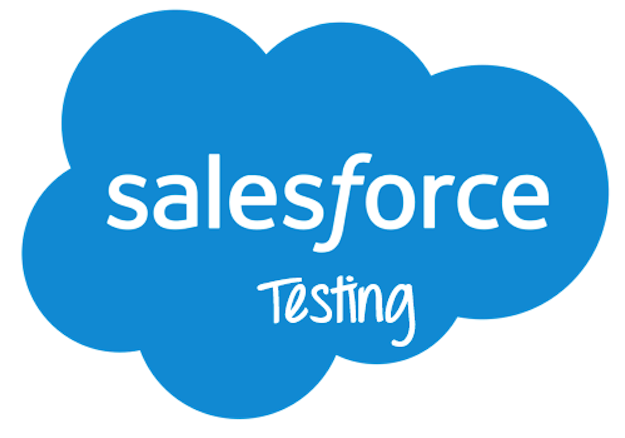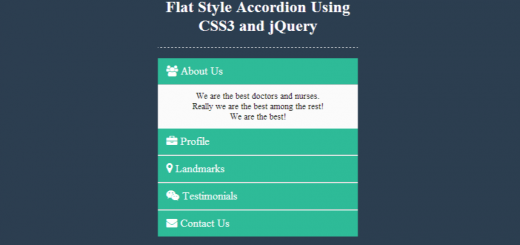Salesforce is a popular CRM that has been used by businesses worldwide for many years and with ever-increasing popularity. It provides a great deal of functionality, including features like lead management, workflow automation, customer relationship management, sales management, marketing automation, etc. In addition, Salesforce also has some advanced testing features that we will discuss in this post to help you understand the challenges you might see during your SFDC test efforts and how to best leverage these advanced features for more robust testing efforts.

Challenges of SFDC Testing
Salesforce is very user-friendly and easy to use. This is why many business end-users can complete most of their work without much assistance from the IT department and developers. However, they may not realize that there are required changes that need to be made in the Salesforce configuration files for an application or feature to be working correctly. Then, to deal with this specific issue, developers need to understand the underlying technical and functional concepts of Salesforce and how its features can be customized for specific purposes.
Salesforce users are also known as “end-users,” who use tools like batch operations and scheduled jobs within their organization for mass data manipulation. Generally, developers need to ensure that these features are appropriately tested before pushing them into production.
Apart from this, Salesforce also has some other challenges seen during testing activities, including the following:
1. Lack of support in the Salesforce language for unit tests. While Salesforce does have decent support for functional and integration testing, it still lacks unit test sets that can be used for inserting test data or ensuring that code works as expected. In addition, it is only possible to write unit tests using languages other than Salesforce’s proprietary one, which is not done in most cases due to the high cost involved in doing so.
2. Workflow Automation Testing with Visual Flow could be a challenge because of its complexity. Developers need to be very familiar with the Salesforce language to write tests for these components, and it is a task that many people find difficult.
3. Testing Web-to-Lead scenarios can be problematic because these lead sources rely on URLs that might change with time, and sales reps may not be aware of these changes. As a result, developers need to either modify the URL field or run an update query regularly to ensure that Salesforce can fetch the correct data from the web source.
4. Testing Import/Export functionality can also be a challenge in Salesforce because of differences in how data is handled between different environments.
Best Practices of SFDC Test
1. Gather data in preparation for the Test: All conceivable business case situations and technological exceptions must be covered in a thorough list of prioritized test case scenarios.
2. Executing the Test: The scenarios in the SFDC testing document must be carried out, and the outcomes must be documented for testing audit purposes. Any test case failure scenario or action must be escalated to the appropriate team and retested following correction.
3. Using a Valid User Profile: It is strongly advised that the testing be carried out with the appropriate legitimate user-profiles and that the business processes be checked for consistency.
4. Managing the Tests: All of the many tests and scenarios should guarantee that the constructed application or feature is compatible with existing manual or systematic activities. As a result, it is necessary to compare the results to reference data in order to determine the final product’s quality. The tests that are run should be based on this information, and the final results should be consistent with it.
Conclusion
Without a question, Salesforce is the most well-known customer relationship management (CRM) solution. Because the system is adaptable and supports businesses of different sizes and industries, it necessitates ongoing testing, maintenance, and feature upgrades in order for your company to stay competitive.




